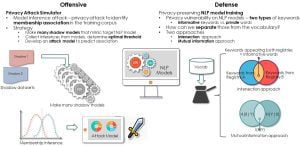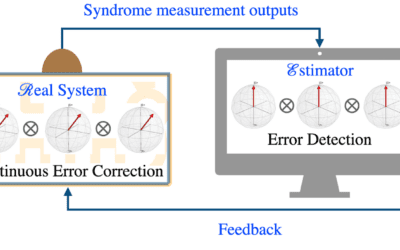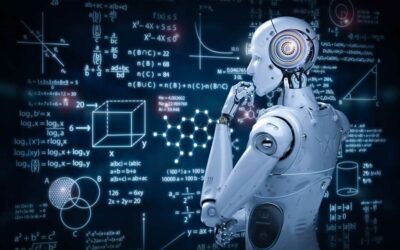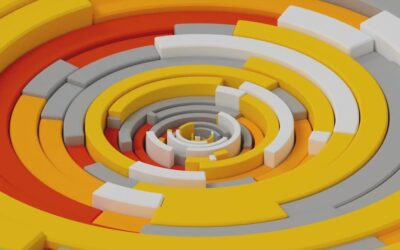Robotics News
New Method for Comparing Neural Networks Exposes How AI Works
A team at Los Alamos National Laboratory has developed a novel approach for comparing neural networks that looks within the “black box” of artificial intelligence to help researchers understand neural network behavior. Neural networks recognize patterns in datasets;...
Cancer Research Inspires Improved Training Models for Natural Language Processing
The use of artificial intelligence/machine learning (AI/ML) methods to analyze health information brings great promise for learning about disease but also great risk to patient privacy. New natural language processing deep learning model training methods developed by...
Researchers Propose New Quantum Error Correction Technique
Quantum computers hold enormous promise in our big data world. If researchers can harness their potential, these devices could perform massively complex computations at lightning speed. Source: Alla Katsnelson, Okinawa Institute of Science and Technology The post...
Visualization and Analysis with Cinema in the Exascale Era
Visualization and analysis on any high-performance computing system faces a last-mile problem in which the potential of the resource can only be realized when people have the tools to examine and interpret the data created on them. The data and visualization portfolio...
NATO Science for Peace and Security Program Projects Examine Security-related Applications of Quantum Tech
Innovative projects led by scientists in NATO and partner countries are breaking new ground to harness the power of quantum to make communications impossible to intercept and hack. The application of these quantum technologies in the security and defense sectors could...
Analog Chips Find a New Lease of Life in Artificial Intelligence
The need for speed is a hot topic among participants at this week’s AI Hardware Summit – larger AI language models, faster chips and more bandwidth for AI machines to make accurate predictions. The post Analog Chips Find a New Lease of Life in Artificial Intelligence...
Predicting and Preventing Pandemics is Goal of New NSF Awards
The potential for future pandemics is an ever-present and growing threat, whether they are due to known diseases like monkeypox or Ebola, or an as-yet-unknown infection. Nearly $26 million in new awards from the U.S. National Science Foundation (NSF) will support...
Machine Learning Helps Scientists Peer (a Second) into the Future
Using a new type of machine learning method called next generation reservoir computing, researchers at The Ohio State University have recently found a new way to predict the behavior of spatiotemporal chaotic systems – such as changes in Earth’s weather – that are...
Top Supercomputers to Shake Up Earthquake Modeling
Two DOE-funded projects — and a bunch of top supercomputers — are converging to improve our understanding of earthquakes and enable the construction of more earthquake-resilient buildings and infrastructure. The first, more grounded project: the Large-Scale Laminar...
Physicists Rewrite a Quantum Rule That Clashes With Our Universe | WIRED
The past and future are tightly linked in conventional quantum mechanics. A tweak could let quantum possibilities increase as space expands.Source: Physicists Rewrite a Quantum Rule That Clashes With Our Universe | WIRED
DOE National Laboratory Makes History by Achieving Fusion Ignition
— The U.S. Department of Energy (DOE) and DOE’s National Nuclear Security Administration (NNSA) today announced the achievement of fusion ignition at Lawrence Livermore National Laboratory (LLNL)—a major scientific breakthrough decades in the making that will pave the...
Computing Leaders Release Scorecard for IEEE Computer Society’s 2022 Tech Predictions
The IEEE Computer Society (IEEE CS) known for reporting top technology trends in computing, today reveals the official scorecard for its 2022 Technology Predictions. The scorecard for the 2022 predictions indicates the level of performance and impacts achieved for...












